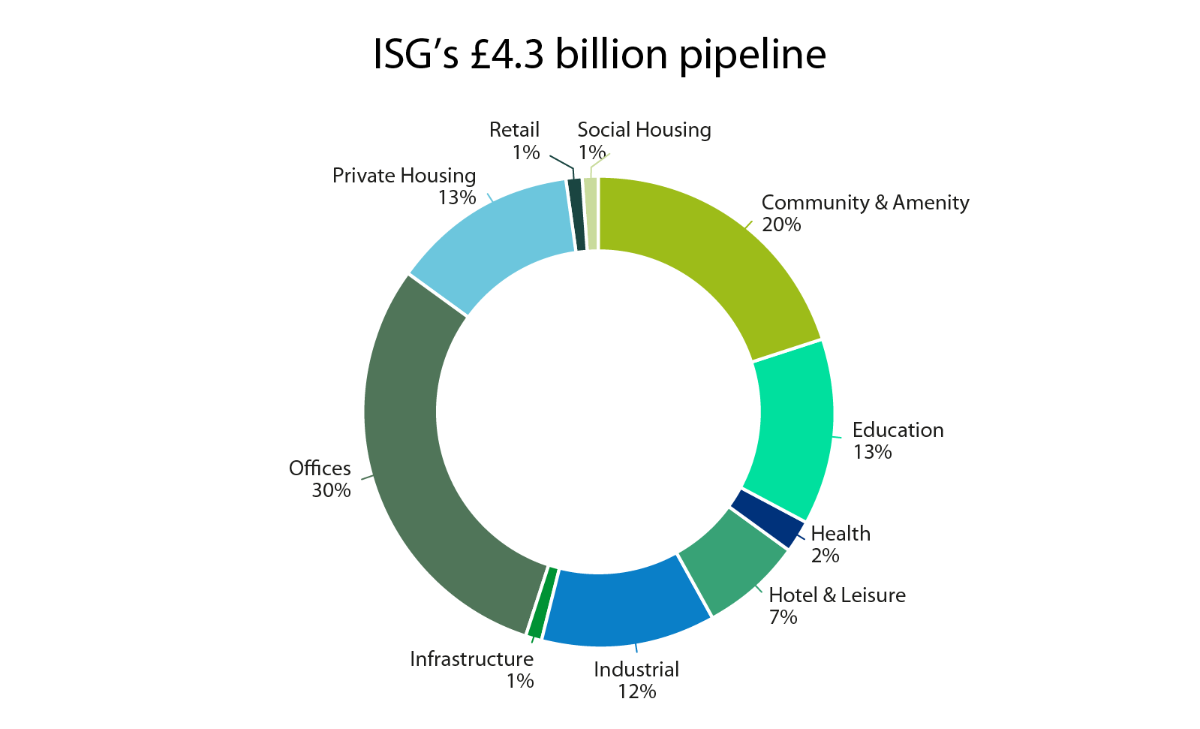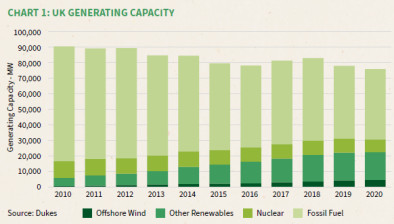ISG collapse ‘far worse than initial figures suggest’

The impact of the recent collapse of ISG, which sent shockwaves through the UK construction sector, placing many projects in peril and putting a number of subcontractors in a precarious position, is far worse than initially feared, new data has suggested.
The UK’s sixth-largest contractor entered administration last week with 2,200 staff made redundant.
Whilst some analysts were quick to point out the scale of the problem especially for government projects, with a few days hindsight, construction intelligence provider Glenigan said it’s clear to see the impact was significantly underestimated, and will be felt across the whole of the construction sector for months to come.
According to Glenigan, public sector work accounts for only a third of ISG’s pipeline, while industrial, commercial and private housing projects on ISG’s books total over £2.8 billion.
Overall ISG currently has projects totalling over £2.5bn on site and has been awarded contracts on a further £1.7bn of work.
Around 33 awarded contracts, 57 projects in progress on-site and 3 imminent completion, have been left up in the air. This includes:

ISG was also on 19 Construction Frameworks with a combined value of over £104bn.
Glenigan said the situation presents a major problem for both contractors and subcontractors, many of which will be left seriously out of pocket, putting a large number of jobs on the line.
However, it pointed to a commercial opportunity for agile suppliers to step into the breach, ensuring many of these projects do not fall behind and involved subcontractors are supported.
Commenting on these figures, economic director Allan Wilen said: “ISG’s demise is set to dampen overall industry workload in the near term as clients look for contractors to complete projects currently on site and as recently awarded projects are re-tendered. Its subcontractors and suppliers will be under increased financial pressure and contractors’ nationwide will need to review and work with their own supply chains to minimise financial stress and avoid any additional loss of industry capacity.”













